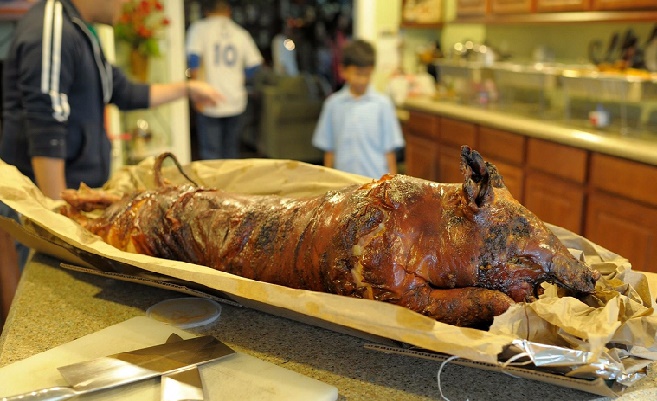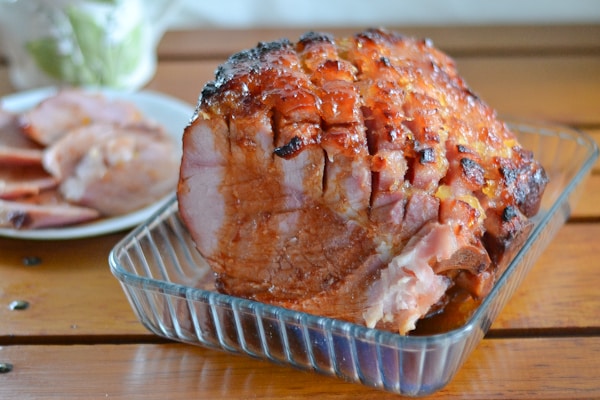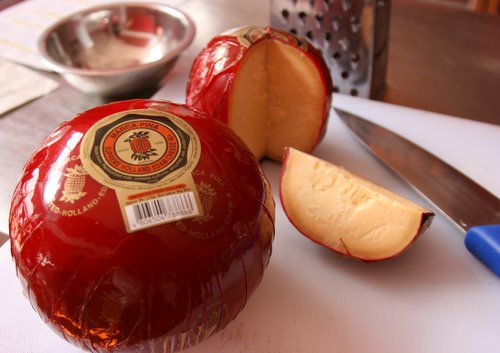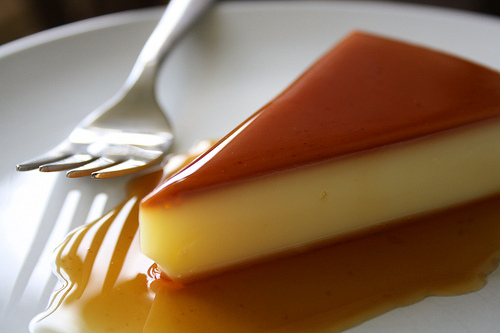When it comes to Christmas, Filipinos go hard. The Christmas season in the Philippines, credited as the longest Christmas season in the world, is celebrated by attending festivals and masses, caroling down lantern-filled streets, and most importantly, feasting.
Every year, over 100 million Filipinos celebrate Noche Buena, a Christmas Eve feast, in the motherland and abroad. When midnight strikes on Christmas Eve (or maybe earlier if your family gets hangry), friends and family revel in Christmas merriment by feasting on some of these Filipino delicacies. Merry Christmas or Maligayang Pasko.
Lechon

Photo by Rommel Salazar
While this full-bodied roasted pig usually makes guest appearances at Filipino birthdays and weddings, lechon is the diva dish of Noche Buena. The crackly, crispy skin and tender meat dipped in Mang Tomas sauce are enough for Anthony Bourdain himself to call it “the best pig ever.”
Your game plan should always be to grab some of this first — even amidst the holiday cheer, titos and titas (aunts and uncles) fighting over their favorite parts of this piggy is a common Noche Buena sight.
Hamon

Photo courtesy of salu-salo.com
Hamon is a Filipino spin on the traditional Christmas ham seen in the Western hemisphere. Hamon is covered in a sweet glaze of pineapple and brown sugar that you will want to pour onto everything on your plate.
While some families may only have either lechon or hamonado as the main dish of the evening, there is no such thing as too many pork dishes at any Filipino affair. Not at Noche Buena — not ever.
Food for the Gods

Photo courtesy of thepioneerwoman.com
One of my most vivid holiday memories as a kid is devouring way too much Food for the Gods at my godmother’s kitchen table. The looks of these walnut-date bars fooled me into thinking they were brownies the first time I had them, but I was not disappointed by their indulgent, buttery taste. These divine treats wrapped in red and green cellophane are for real gifts from up above.
Bibingka

Photo courtesy of hubpages.com
Bibingka is a Christmas rice cake traditionally wrapped in banana leaves and cooked on hot coals. After baking, the sweet and spongey cakes are served warm and finished off with different toppings such as grated coconut or salted egg. While some people make bibingka in the comfort of their own homes, bibingka is the go-to street snack sold outside churches during Simbang Gabi, a nine day series of masses during the holidays.
Puto Bumbong
Usually sold alongside bibingka during Simbang Gabi is puto bumbong. Puto bumbong gets its violet color from an indigenous rice called pirurutong, and its shape from the bamboo tubes it is steamed in. These lil purple logs can also be topped with grated coconut or some butter.
Queso de Bola

Photo courtesy of dessertcomesfirst.com
Literally translated as “Cheese Ball,” queso de bola is straight up a giant ball of hard cheese. As much as this red wax-covered cheese ball is an important player at Noche Buena, it often acts more as a tabletop decoration than a dish. However, people are finding new ways to serve this cheese by creating things like queso de bola fondue or queso de Bola cheesecake.
Leche Flan

Photo courtesy of weehash.com
You can credit eating too much leche flan as the reason why you need to hit the gym once New Year rolls around. This heavier counterpart to the original Spanish dessert is made with lots of eggs and condensed milk to create a very creamy, very addictive holiday dessert. Seriously though, my sister cranks out trays of this every Christmas because people will try to keep whole leche flans to themselves. Leche flan is not a game.


